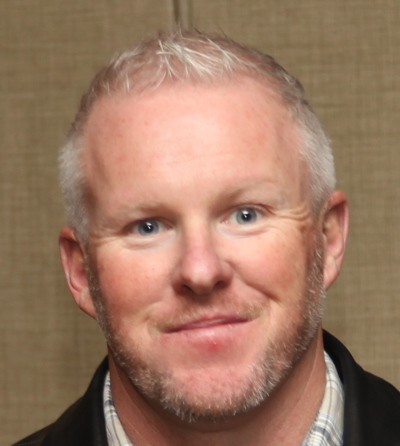Tracy: I’ll quit if I don’t have full-time ride
 |
| Paul Tracy |
You always know when you’re about to get a zinger from Paul Tracy. His eyes light up and the corners of his mouth curl into a grin and he lets loose with — whatever.
This time it was about his possible retirement from Indy car racing, which is now officially not happening as the result of an interview he did last week with Marshall Pruett of speedtv.com, in which he said he intends to race full-time in the IZOD IndyCar Series in 2012.
Three weeks earlier, in the aftermath of the racing crash at Las Vegas that killed Dan Wheldon, Tracy had appeared on Canada AM and said he was seriously considering calling it a career because his wife and his mother had both asked him to stop.
“So, what was their reaction (to the Pruett story)?" I asked him last Saturday at Action Honda out in Scarborough, where he’d gone to support Rick Hansen’s 26th Anniversary Man in Motion Relay.
Tracy’s eyes lit up — and . . . get ready, because here it comes:
“I haven’t told them yet!" he laughed.
Which is why it’s always a delight to talk to the “Thrill from West Hill," because you never really know which way the conversation’s going to go.
In a wide-ranging interview, Tracy said:
• If he doesn’t get a full-time ride in 2012, he will retire from Indy car racing. There will be no one-offs in Toronto and/or Edmonton next year. It’s going to be all or nothing.
• If IndyCar officials can’t find suitable oval speedways to race on in the United States, they should look to Europe.
• Hansen should be credited for inspiring Alex Zanardi and other handicapped people to reach for the stars.
As far as talk of him retiring is concerned, Tracy said everybody was upset in the aftermath of the Wheldon tragedy.
“What I saw in the hospital unit (doctors fighting to revive Wheldon), nobody wants to see," he said. “I was shook up a little bit but everybody’s had a chance to calm down and think about it and I’m saying today that my plans remain basically unchanged.
“I want to compete next year — a full season — but if I can’t do that, if I can’t get a full season, I’m over trying to get into cars part-time, with part-time teams. I’m not gonna race any more stuff part-time."
Toronto and Edmonton have always been on Tracy’s schedule, even though he hasn’t been employed full-time since 2007, but even that scenario is now out the window, he says.
“I don’t see the point in it any more," he said, “running around at the back. The last four years that I’ve done it, I’ve been put in a spare car that’s been off in a corner of a race shop somewhere, and my crew has been a bunch of guys that they hired for the weekend. You can’t compete at this level any more doing it like that."
Tracy said even if he gets a full-time deal, it will still be his final year in Indy cars.
“I want to do some endurance racing — Le Mans, Sebring — but I’ll be finished with the Indy cars. I want to go out on top, though. We’ve got some meetings lined up with a couple of teams.
“I’ve got a level of funding that I can take to the table and some of the teams I’m talking to have a level of funding. Hopefully, we can put it all together."
One of the criticisms of IndyCar following the Wheldon crash was its insistence on racing at high-banked, mile-and-a-half speedways that some say are better suited to NASCAR stock cars.
But the series has been running into difficulty in recent years to fulfill its marketing plan of racing on superspeedways, short ovals, road courses and street circuits. To be blunt, there are not enough flat, mile-long, oval tracks to race on and fans have not exactly been breaking down the doors to watch the racing there anyway — the tracks at Milwaukee and New Hampshire being prime examples.
Tracy thinks there’s a solution — in Europe.
“First, I don’t think they (IndyCar) want to go over to Europe, but if they need ovals, they do have some options on tracks that worked for Indy cars in the past.
“The Lausitzring Speedway in Germany is a good oval speedway. It’s pretty flat, and so is Rockingham (in England). It’s also pretty flat. I think they’re good venues and I think they should look at them. They both always drew a good crowd.
“On the other hand, I don’t think they should abandon mile-and-a-half tracks in the States, but they have to figure out a way so that the cars aren’t running three and four wide. My problem is that I don’t know how you could go about stopping the cars from pack racing on those high banks.
“I don’t know the answer, because if you slow the cars down, you’re going to have more of a pack, and if you speed them up, keep ’em going up to 240 miles an hour (390 km/h), then you have a different problem.
“We ran around Texas in a CART car at 240 m.p.h. and everybody was blacking out from the G forces. I don’t know how you separate the cars, except on a flatter track where you might be able to run side-by-side for a couple of corners but you’d better get back in line pretty quick." Wheels.ca
